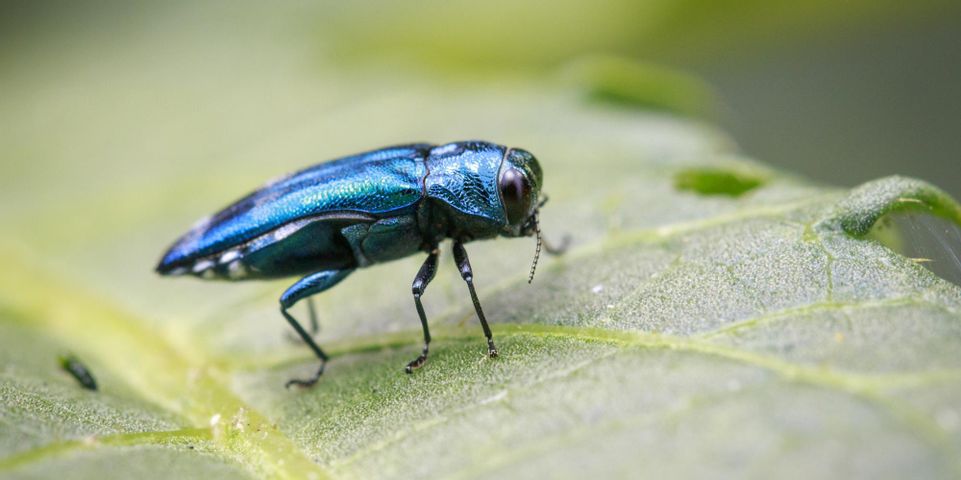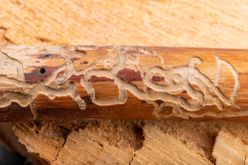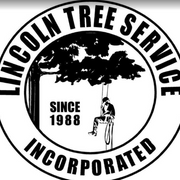5 Signs Your Ash Trees Have Emerald Ash Borers

Since arriving in Detroit in 2002, the emerald ash borer (EAB) has killed tens of millions of ash trees across the U.S. The pest lays its eggs on the tree, but once hatched, the young tunnel underneath the bark to eat, which creates extensive damage. While the bulk of the infestation in Nebraska is concentrated in the southeast corner, EAB poses a significant threat to ash trees across the state. Look for these five signs to determine if you need immediate tree care.
How the Emerald Ash Borer Affects Trees
1. Crown Dieback
The channels created by EAB larvae underneath the bark block water and nutrients from transporting up the tree. Without the necessary nourishment passing up from the roots, the top of the tree begins to die. With crown dieback, the upper section of the tree begins to lose foliage, and in some cases, bark.
2. Vertical Splits in the Bark
Bark serves as a tree's protective shield. When the pest penetrates the shell, it pushes the exterior coating away from the base. Eventually, the bark begins to split, making the larvae-created tunnels visible. Once you notice vertical breaks in the exterior, immediate tree care and treatment is necessary to avoid the death of the plant.
 3. D-Shaped Holes
3. D-Shaped Holes
Only EAB larvae feed underneath the bark. Once they become adults, the pests exit the tree as fully formed beetles. This process leaves d-shaped holes on the surface that are around ⅛-inch wide.
4. Lower Section Sprouts
When the top of the tree become nutrient-deficient, any new growth is concentrated below the level of infestation. In some cases, the new leaves are much larger than a standard sprout.
5. Appearance of Woodpeckers
Woodpeckers are one of the few bird species that have the tools to reach underneath the bark, making them a natural predator. When an EAB infestation occurs, there's typically an influx of woodpecker activity. Even if you don't see the bird, you can identify their presence by the holes and flecking—stripped bark—they leave behind.
If you suspect an EAB infestation, turn to the experts at Lincoln Tree Serivce, Inc. in Nebraska. For over 25 years, the family-owned and -operated business has provided reliable and effective tree care to property owners across Lancaster County. From injections and sprays to trimming and tree removal, they offer a variety of disease and infestation treatment options. Learn more about their offerings online. Then request a tree care appointment today at (402) 466-1627.
About the Business
Have a question? Ask the experts!
Send your question

